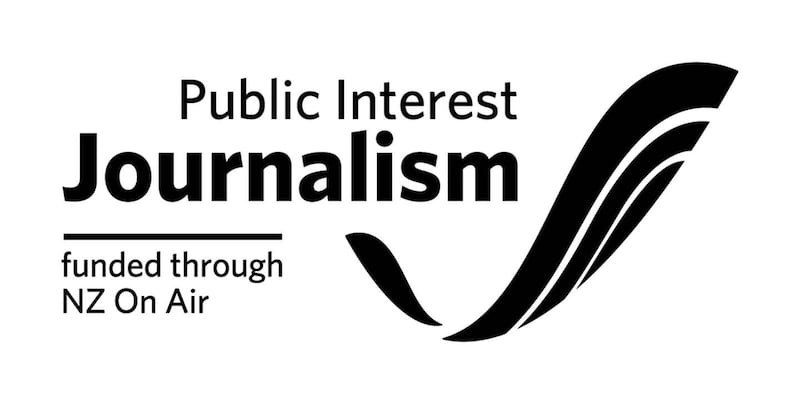Covid-19 Response Minister Dr Ayesha Verrall has outlined new measures for battling Covid-19 hospitalisations and cases as flu season has begun, with the country in “one of its toughest seasons the health sector has ever faced”.
A move from Orange to the Red Traffic Light setting, with tighter restrictions to gathering limits the main difference, would only be an “incremental benefit” to slowing case numbers down, she says.
Free medical mask packs with rapid antigen tests will be available to people at collection points or testing stations. P2 or N95 masks will be given to the most vulnerable. Eligibility for obtaining the packs will also be scrapped to make sure everyone has access to them.
“However, please do continue to use the ‘request a free RAT test’ website to request RATs before you rock up to the collection point.”
Verrall is also encouraging businesses to follow public health advice to make sure workers and customers don’t become sick.
Another campaign to encourage people to get vaccinated and booster shots is on the way.
'Taking pressure off'
Pharmac will also expand the eligibility criteria for use of antiviral drugs Paxlovid, Molnupiravir and Veklury. This opens use up to an estimated 400,000 people.
“They will help New Zealanders stay well, reduce the chances of those who are sick getting severely ill, and take some of the pressure off our hard-working healthcare workers and health system,” Verrall says.
Health director-general Dr Ashley Bloomfield says case trends around the world and at New Zealand's borders have increased as the world continues to re-open.
There are 11,382 new community cases, 412 of which are reinfections, 765 people in hospital and 23 Covid-related deaths.
“This is happening even when we know that testing rates have dropped in a number of countries, especially in the northern hemisphere,” he says.
Dr Bloomfield says the BA.4 and BA.5 Omicron subvariants are responsible for the rise in cases globally.
Staffing shortage
But there is no evidence “at this stage” that the BA.5 subvariant is more severe than BA.2.
“However, BA.5 is clearly better at evading immunity.”
BA.2 accounts for 41% of cases, 11% for BA.4 and 47% for BA.5.
Health NZ chief executive Margie Apa, said the agency was actively observing the effect on the healthcare system. Both in hospitals and general care, staff were in high demand.
Due to staff sickness, the health sector was also experiencing a staffing shortage, resulting in "longer than ideal" wait times.




